One winter day at the end of the year, I opened a door to an authentic oden restaurant in Kanazawa.
“Irasshaimase! (Welcome!)”
I received the staff members’ energetic greetings. This is a story about Kanazawa, I learned there.
To start with, let me order some oden.
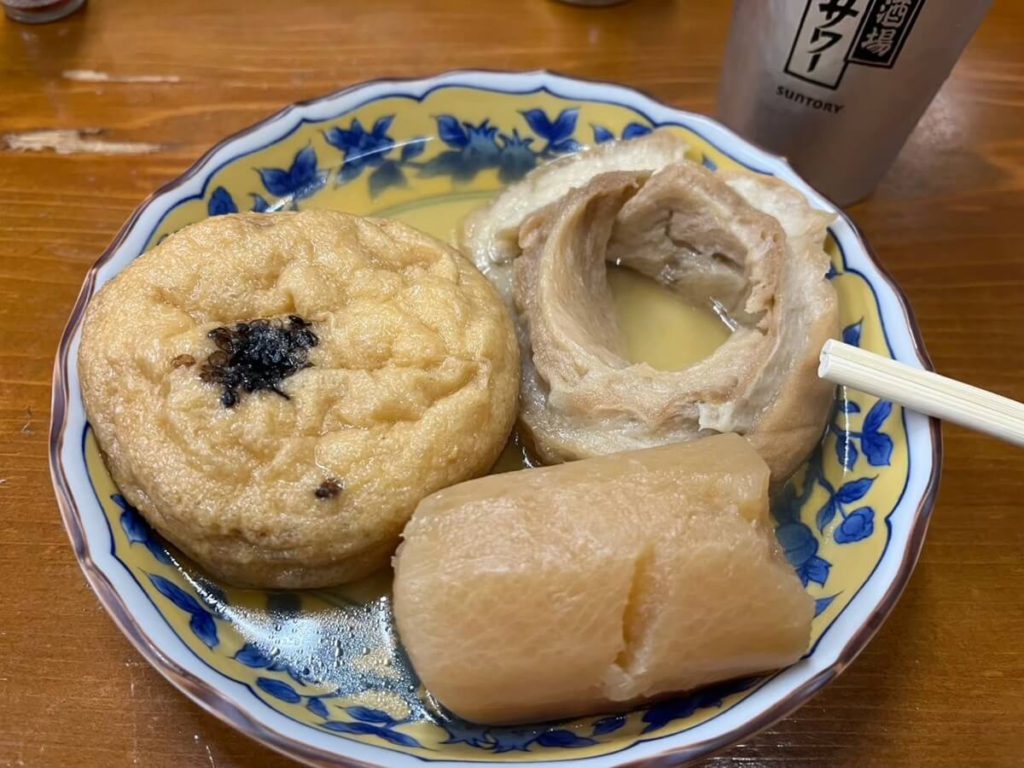
Top left : Ganmo (Fried tofu fritters)
Top right : Kurumafu (Wheat gluten)
Bottom: Daikon (Radish)
“Have you enjoyed Kanazawa? Where did you visit today?”
The staff talked to me kindly while busy working.
“This is my first visit to Kanazawa, and I went to Ninja Dera… well, what’s the name of the temple?”
Aha 1: Myouryuji Temple
Myouryuji Temple (妙立寺) is well-known as Ninja Dera. It looks like a small, two-story building from the outside, but actually, it has seven floors, 23 rooms, and 29 staircases. We can enjoy a variety of gimmicks with a ninja-like staff member as a guide, such as an offertory box that turns into a pitfall trap, and a hidden staircase inside a sliding door of a closet. What surprised me the most was the well, which is said to be a secret escape route to Kanazawa Castle.
This temple was constructed by the third-generation head of the Maeda family to safeguard against the Tokugawa clan. However, fortunately, there were no opportunities when these features were used.
Plus, I can’t help but mention this as a dog person, but we can see colorful dog-face-shaped ema, a wooden board where we write our wishes. Obviously, I heard the chief priest loves dogs.
Aha 2 : Buriokoshi (Kenrokuen)
Of course, I also visited Kenrokuen (兼六園), which is one of the Three Great Gardens of Japan, along with Kairakuen in Mito (水戸偕楽園) and Korakuen in Okayama (岡山後楽園). It’s a vast strolling garden, featuring a pond, an artificial hill, and a pavilion. I learned that it was created over many years in the Edo period. Walking around the garden made me feel the deep wish for prosperity that generations of Kaga lords had.
What’s that sound? It was sunny in the morning, but now, look at that dark sky!
Surprisingly, it was the rumble of thunder, and it started to rain! Thank goodness I had an umbrella! I’d never experienced thunder in December!
“It is buriokoshi.” The oden restaurant staff said.
“In the Hokuriku region, we call the stormy weather around November and December buriokoshi, and it brings strong wind, thunder and rain. Buri is the fish, yellowtail, and we can enjoy eating it around this time of the year. Buriokoshi means the time when fishermen start spreading the net (網を起こす: Ami wo okosu → okoshi) and wake up the fish (鰤を起こす : Buri wo okosu → okoshi). We have a saying: Don’t forget to bring your umbrella even if you forget your lunch!”
Aha 3 : Ishikawa Prefectural Library
Before my trip, a lot of videos on social media showed me that the Ishikawa Prefectural Library was a must-visit place. It reopened in July 2022, after being renovated by a team led by a Japanese architect, Senda Mitsuru. The huge library building is in the center of the premises and surrounded by its parking lot. It separates the place from the residential areas and helps people devote themselves to the book world.
It consists of one basement level and four above-ground floors. The bluish, dome-shaped Great Hall was striking, and it made me feel as if I were in a planetarium.
According to Mr. Senda, they aimed to create a place where we can make our hearts flutter when we feel happy, and we can sort out our emotions when we are sad.
Exactly, it was!!
I was mesmerized by the names of each section. They were like titles of books, such as “Discovering the World (世界に飛び出す),” “Getting to Know Japan (日本を知る),” or “Being Curious (好奇心を抱く).” If I could have stayed in Kanazawa longer, I would have spent a whole day there!
Aha 4 : Kagami mochi
I dropped by a supermarket before checking into my hotel. It is one of the best ways to see local people’s lives. It was just a few days before New Year’s Day, so there were a lot of special mochi, pounded rice, called kagami mochi, on the shelves. Wait! Kagami mochi is a set of two round mochi to decorate on New Year’s in Japan. And it should be white, as far as I know. But here, it’s white and pink!
“It’s only in Kanazawa and some areas in Ishikawa.”
The oden restaurant’s staff explained.
“There are some theories. One, the Kaga Domain made special rice cakes using a variety of grains to pray for a good harvest. Two, they come from red and white plum blossoms, which are connected to Sugawara no Michizane, an important historical figure here. Three, the red/pink and white colors mean flags used by the Heike and Genji clans in the Battle of Kurikara Pass (倶利伽羅峠の戦い) in 1183.”
“Either way, kagami mochi is always pink and white for us!”
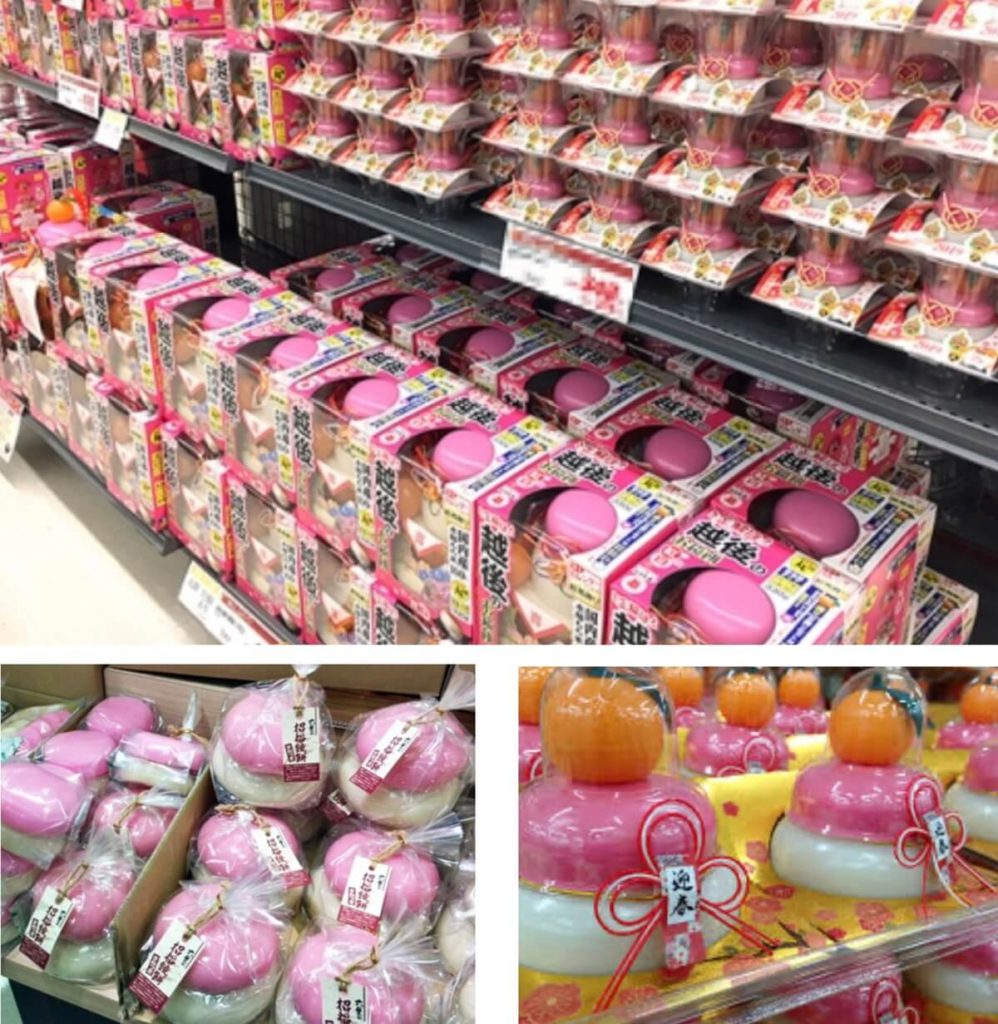
Aha 5 : Kanazawa Oden
“…so I really enjoyed my day in Kanazawa. By the way, this Kaga renkon dango is mouth-watering!” I smiled.
“That’s our original dish. I’m glad you like it! Did you try doteyaki? Speaking of Kanazawa oden, it’s a popular side dish. It’s skewered pork, and we slowly simmer it in a sweet, savory miso sauce like this.”
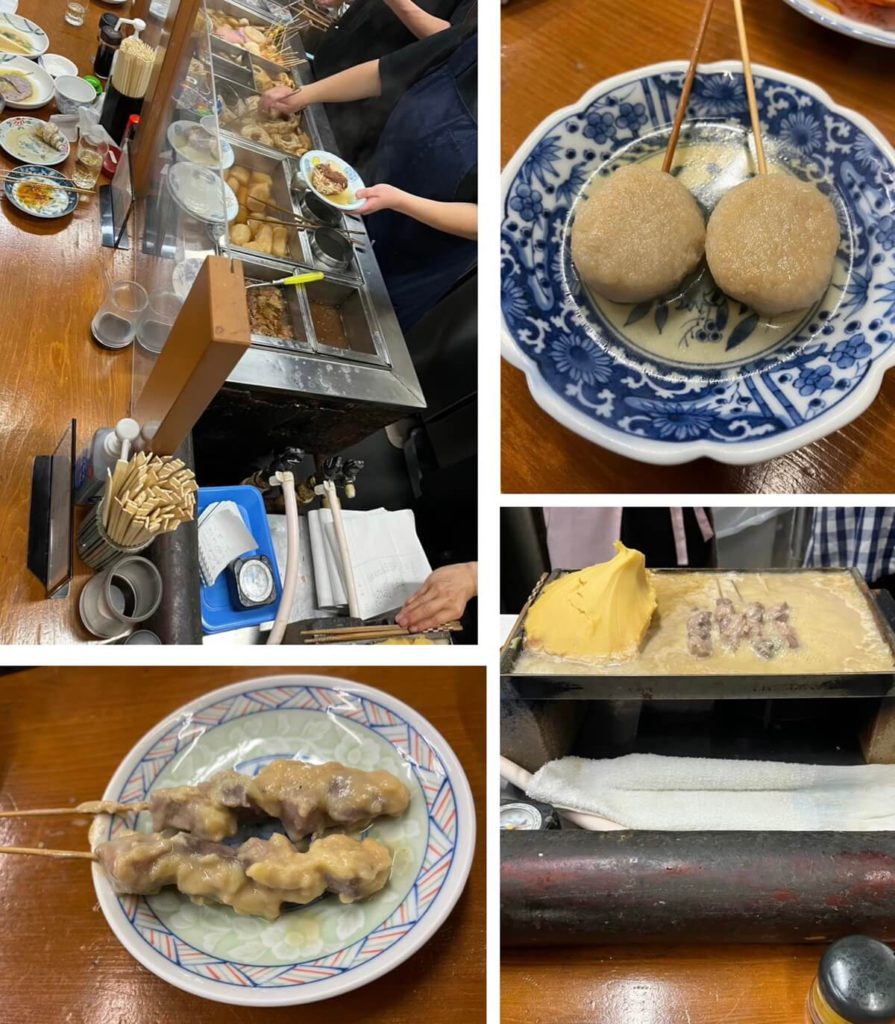
Bottom : Doteyaki
I enjoyed doteyaki, which I was able to see cooking just in front of me! Needless to say, it was lip-smacking!
“Last of all, I can’t leave here without eating it. (It’s quite pricey but…) let me try kanimen!”
“Sure!”
Kanimen (カニ面) is made with Kobako crabs, female snow crabs caught off the coast of Kanazawa. The fishing season is only from November to December, so I was fortunate to visit there during this limited season.
Ordering oden at the counter seat, eating them one by one, and having a nice conversation with the friendly staff… All these experiences made my trip special!
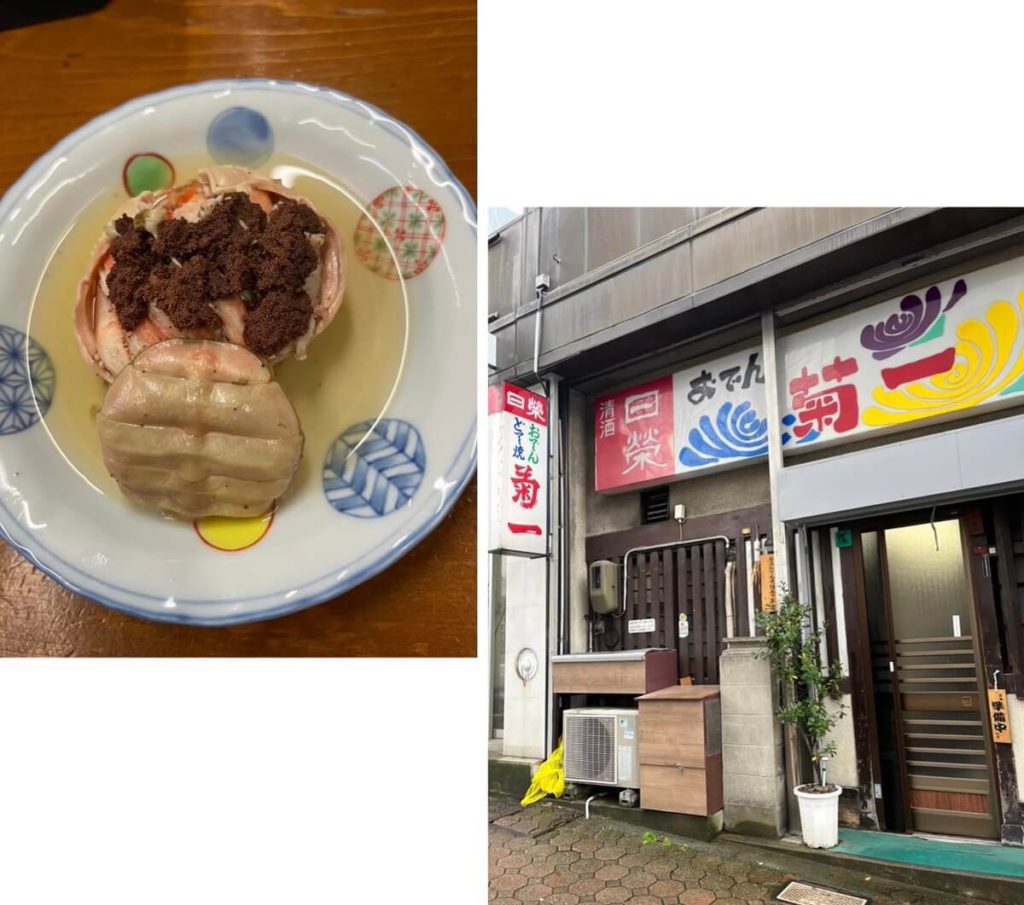
Right : Oden Kikuichi
Working for an English language school. My source of energy is our students’ smiles full of curiosity. I love visiting my friends in and outside of Japan.

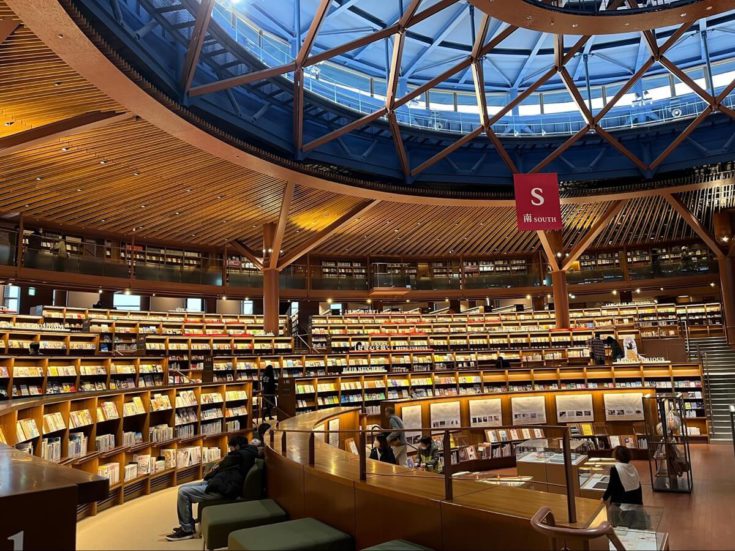
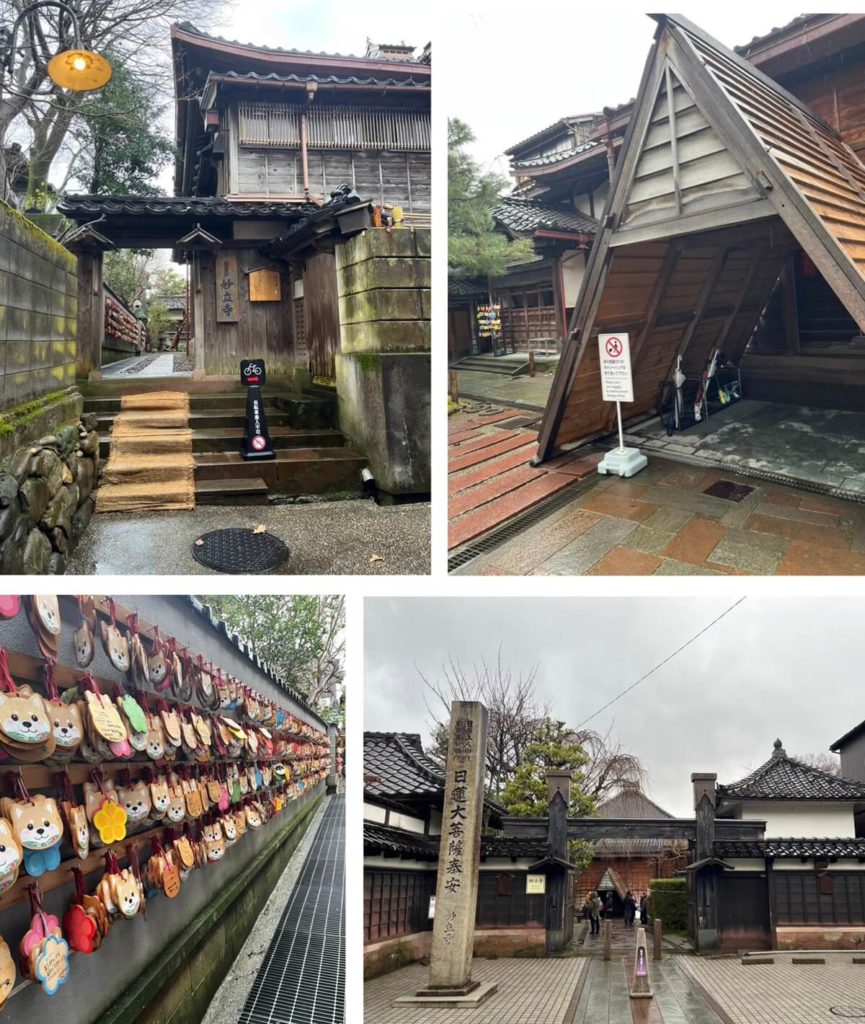
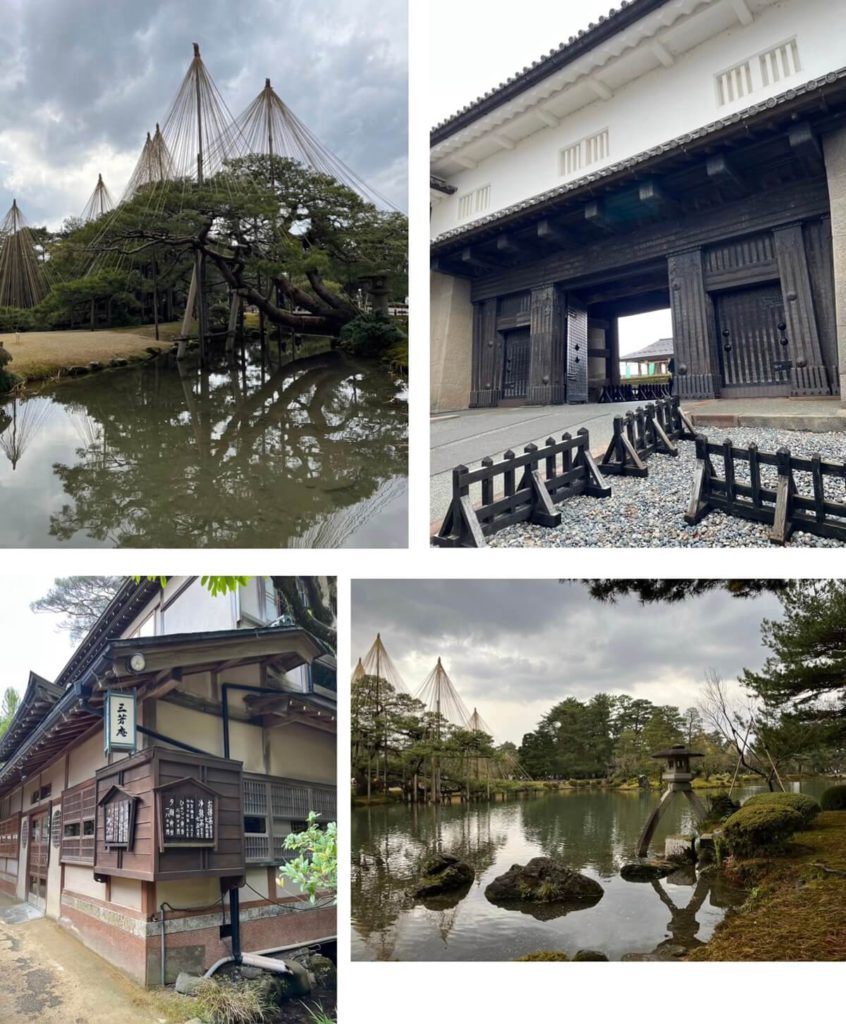
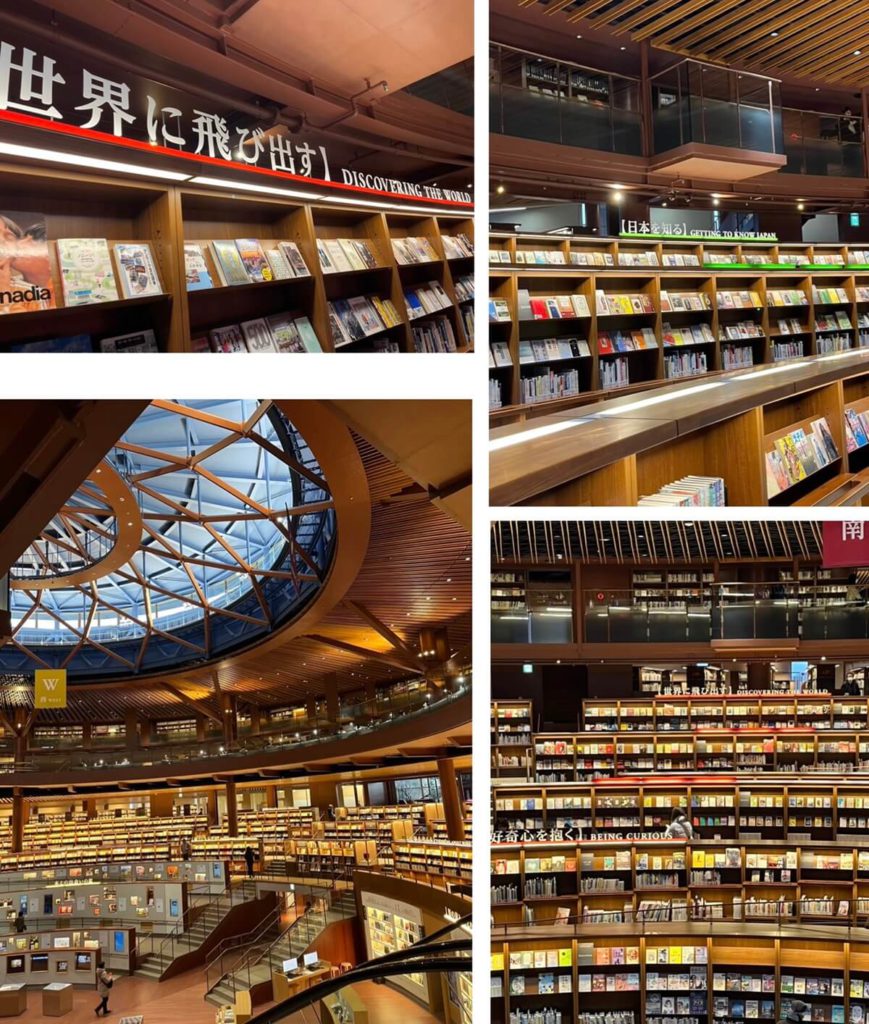
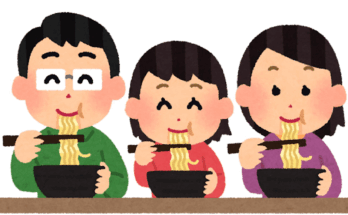
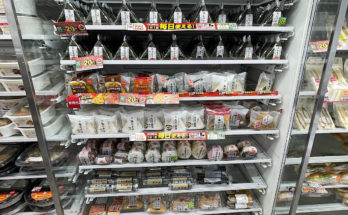
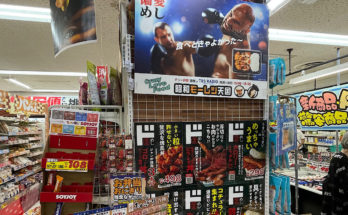
 HTJ has a YouTube page! Check it out
HTJ has a YouTube page! Check it out
Wow, Rei-chan, you’re really great at conveying the charm of something!
Even though I’m a cat person and don’t read much, your post made me want to visit Kanazawa!
I was so surprised by the pink and white kagami mochi. It was cute and charming.
I also love visiting local supermarkets when I travel, whether it’s in Japan or abroad.
Next time you come to Osaka, let’s go to a supermarket together. I want to hear what you find interesting!
Thanks for reading my article in detail and leaving a comment, Aki-chan! This time, I hoped readers would feel like they were traveling Kanazawa and having “aha” moments with me. I’m glad if you enjoyed it. Yeah, last time I visited Osaka, I missed the opportunity to go to supermarkets. That will be a good reason to visit Osaka again!